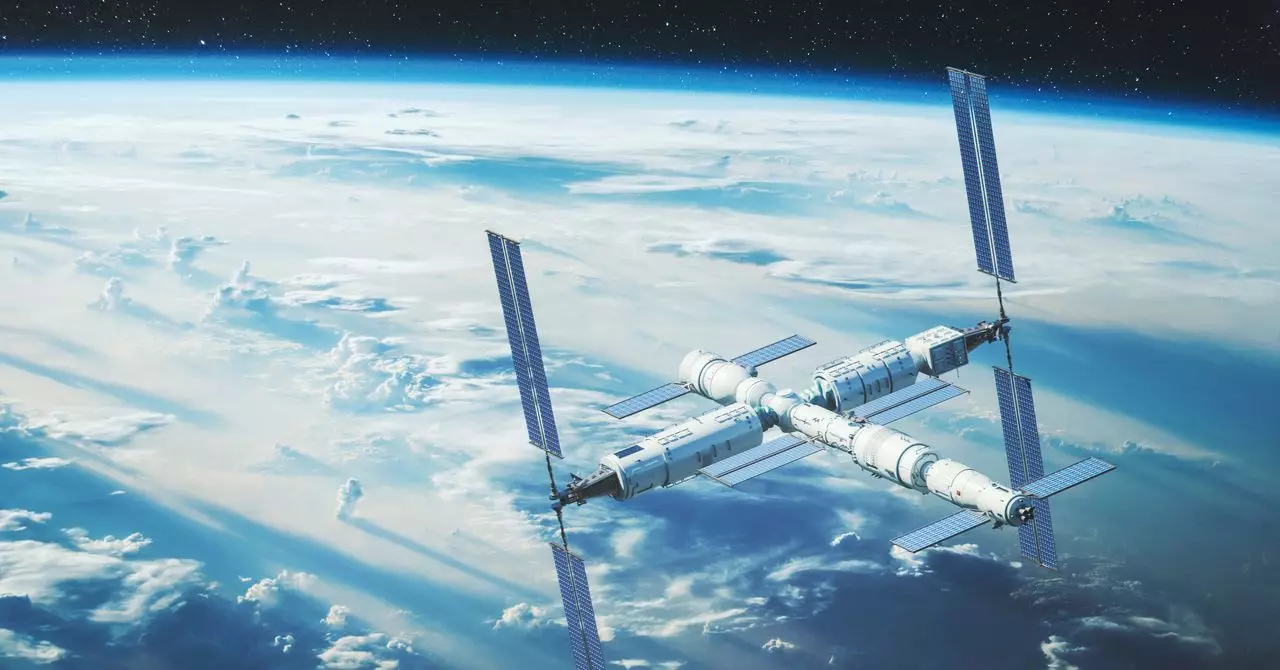The integration of artificial intelligence into space exploration is no longer a distant aspiration but an emerging reality. China’s recent deployment of Wukong AI aboard the Tiangong space station exemplifies a significant leap forward in operational autonomy and crew support. Unlike previous space-based AI systems that served limited functions, Wukong embodies a paradigm shift by merging sophisticated language processing capabilities with specialized aerospace knowledge. This technological innovation elevates not only the efficiency of space missions but also signals China’s strategic intent to establish itself as a preeminent space power.
By leveraging a domestically developed open-source AI model, Wukong is designed with purpose-built features tailored to the unique demands of manned spaceflight. Its ability to process vast amounts of flight data and offer real-time tactical advice demonstrates an acute understanding of the complex environment astronauts face. The AI’s support during a recent spacewalk—assisting taikonauts with debris protection installation and system inspection—underscored its value as a reliable, intelligent teammate. It’s a testament to China’s ambition to equip its astronauts with tools that can handle unforeseen challenges swiftly, reducing reliance on ground control and enhancing safety protocols.
Beyond Mimicry: The Unique Role of Wukong in Space Operations
While international counterparts like NASA’s CIMON and Astrobee serve primarily as robotic assistants or psychological companions, Wukong’s primary focus is space navigation and operational decision-making. Its structure, comprising a dual-module system—one on the ground for deep analysis and another on the station for immediate support—illustrates an innovative approach to AI deployment in space. This architecture ensures that astronauts have instant access to expert guidance while still benefiting from in-depth contextual analysis available from Earth’s stations.
This duality grants Wukong a level of adaptability that many existing systems lack. It’s not merely an obedient AI but an active participant capable of understanding complex scenarios, guiding crew members through ambiguous circumstances, and offering tactical advice grounded in aerospace expertise. Such a design promotes a new level of autonomy, crucial for future missions beyond low Earth orbit where communication delays and limited ground support could severely hamper responsiveness.
Strategic Significance and Future Aspirations
China’s space ambitions are expanding rapidly, with the Tiangong station functioning as both a scientific laboratory and a testbed for advanced technologies. The successful integration of Wukong AI underscores a broader strategic vision: transforming the station into a versatile intermediate platform that links Earth, Moon, and beyond. The AI’s role as a cognitive and tactical assistant aligns with China’s goal to make space operations more autonomous, reducing delays and fostering rapid decision-making—traits essential for future lunar or Martian missions.
Moreover, Wukong’s symbolic nomenclature, drawn from Chinese mythology, reflects national pride and cultural identity intertwined with technological progress. Sun Wukong embodies ingenuity, resilience, and the pursuit of knowledge—qualities China seeks to mirror in its space endeavors. The AI’s capabilities push China closer to long-term objectives: mastering spaceflight nuance, mastering complex mission logistics, and cultivating a domestic ecosystem of space AI technologies that could dominate the domain in the years to come.
Wukong AI is more than just an intelligent assistant; it’s a bold statement of China’s dedication to technological mastery and strategic autonomy in space. The extent of its potential reaches far beyond current applications, heralding an era where human explorers are supported by deeply integrated AI systems that enhance safety, decision-making, and mission success. As China continues to refine and expand its space infrastructure, Wukong stands as a testament to their ambition—a glimpse into a future where artificial intelligence becomes an indispensable element of space exploration.

